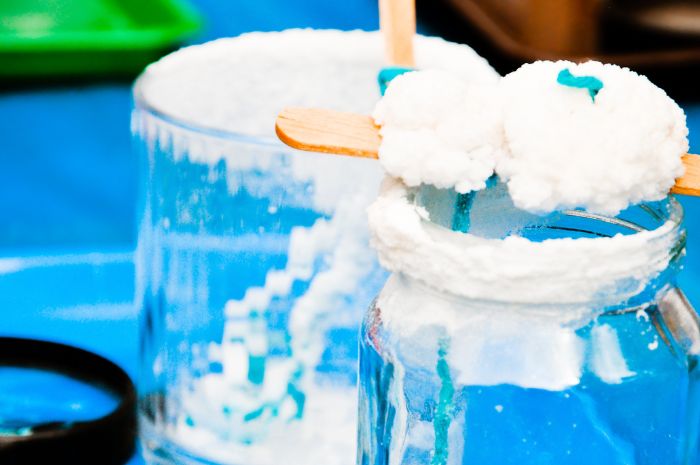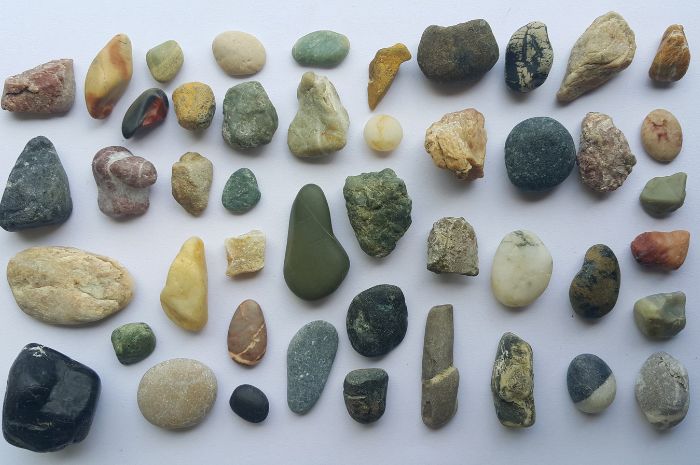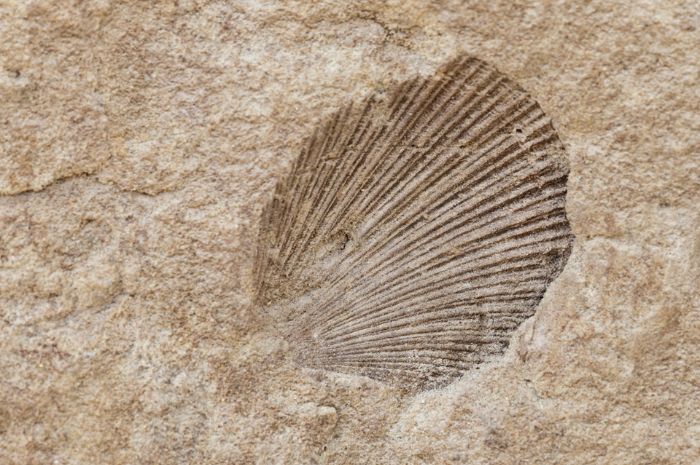When it comes to earth science and geology activities for high school students, you may find it difficult to come up with creative ideas. After all, geology often falls near the bottom of well-loved science topics; chemistry, biology, and astronomy may seem much more exciting and engaging.
We’re here to tell you that teaching geology in the middle and high school classroom can be fun! We live on an incredible planet, so let’s teach our kiddos about it!
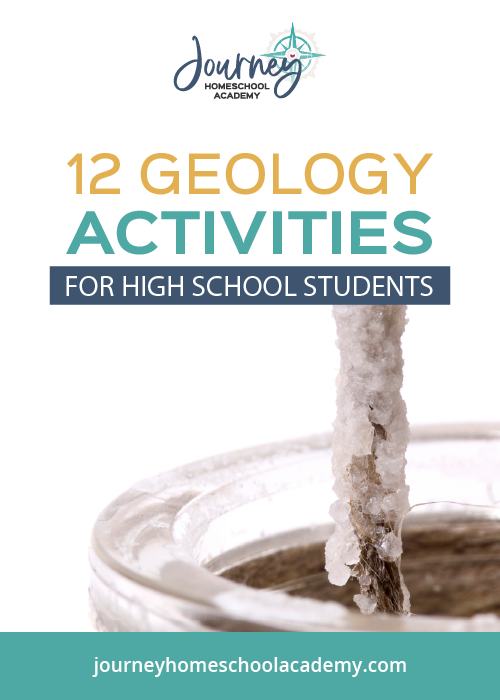
Incorporating activities and experiments into your student’s geology lessons will increase their appreciation for the earth and make this “lesser-known” subject more familiar and loved.
To get you started and inspired, here are 12 geology activities for high school students! These can be used for kids in middle school, too!
12 Geology Activities for High School Students
While all of these activities are great for high school students, the majority of them can be tailored for younger grades!
Air Pressure Soda Can Crush
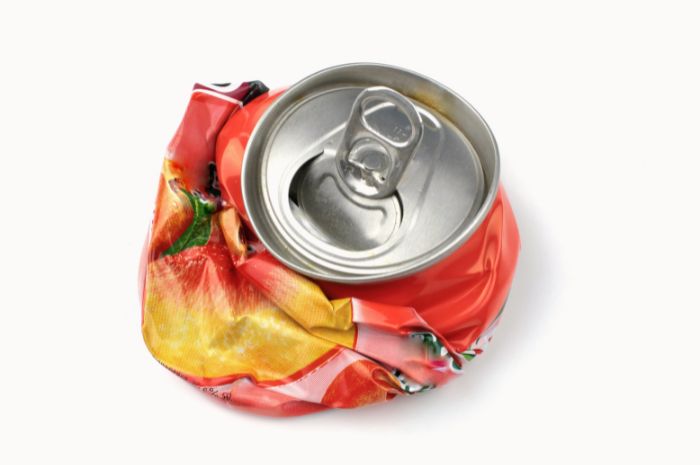
Most of us have empty soda cans lying around, so grab one or two and mimic the power of atmospheric pressure! Because we cannot feel, see, or touch atmospheric pressure, it can often be difficult to understand. The Sci Guys have put together a YouTube demonstration that your student can watch and then do on their own! The rapid reaction the soda can has to pressure change gives us just a glimpse into how adaptive the human body is in an ever-changing Earth environment.
Note for the teacher/parent: A flame is needed for this experiment, so if your younger students are participating, we highly recommend you assist them! Parental supervision is recommended for any age when fire is involved.
Sedimentary Rocks With Bread
We all love bread, right? This activity demonstrates the lengthy process that goes into the sedimentary rock cycle! As sediment and silt drift to the bottom of water sources, the pressure from the water and other particles creates layers of sediment. Over time, the sediment becomes extremely compact. This is what geologists classify as a sedimentary rock! Using white and whole wheat bread for this activity will provide a better visual display of the layers formed in sedimentary rocks.
Mentos Geyser Eruption
There’s a solid chance that your high school student has already done this activity just for fun (what teenager hasn’t?!), but now you can turn it into a learning opportunity! Geologists are unable to predict when geysers will erupt because the eruption is a result of heat and pressure that is underground. Some will erupt more frequently than others; there’s a geyser in Yellowstone National Park called Old Faithful, and it erupts all the time!
Grow Your Own Crystals
In this activity, your student will watch a geologist and gemstone expert demonstrate how crystals and gems form and what makes their structure so unique. Crystals are beautiful to look at, and it’s no wonder that the process of their creation and development is equally beautiful.
Volcano Eruption
Another eruption activity, you say? Your middle and high school students will be so happy! Using salt dough, they can follow simple instructions to build a model volcano and then use a few household supplies to make their volcano erupt. Even adults will never grow tired of this fun and educational experiment!
Build-Your-Own Seismograph
The outer shell of the earth is made up of tectonic plates. When these plates move suddenly – usually due to cracks in the earth’s surface – waves of energy travel through Earth. This creates what we know as an earthquake! Seismographs detect and measure ground vibrations. They are an integral part of determining the magnitude of an earthquake, and now your student can make their own seismograph. This activity is time-intensive and costs more than most, but the results will be fascinating, especially if you live somewhere that experiences frequent earthquakes.
Identifying Rocks and Minerals
This activity will be most successful if you as the teacher collect various rocks and minerals but don’t let your student identify them beforehand. Then, your middle or high school student can test each rock or mineral based on weight, feel, luster, and gravity. Once these properties have been established, see if they can name the mineral!
Measure the pH of Soil
What happens underneath the earth’s surface is most definitely fascinating, but what about the ground that we walk on every day? What about the soil that helps our food to grow and is an integral part of the beautiful planet we live on? No soil is the same, and what we know as “dirt” is just as complex and important as the inner layers of Earth. For this activity, your student will collect various samples of soil and use pH strips to measure the acidity of the soil in your area. Once the pH is measured, talk through the factors that affect the acidity and what soil plants will grow best in.
The Water Cycle
It’s easy to take rain for granted. We see the dark clouds roll in, and suddenly, drops of water are rapidly falling from the sky and giving life to the plants and trees. But how and why does rain fall? The water cycle is much more complex than it looks, but your student can mimic the water cycle in 10 minutes or less – no thunderstorm needed!
Fake Fossils
Remember digging through rocks on the beach as a kid and finding little rocks with shell imprints? As kids, we were just sure that we had found fossils from dinosaurs (and that they were worth lots of money, haha!). Fossils are created when an organism dies and their decay is slowed or stopped by the rapid burial in sediment. The soft parts of the organism decompose, but the hard, usually outer part, of the organism, leaves a type of “mold” in the rock that surrounds it. Using Plaster of Paris and plasticine molds, your student can create their own fake fossils.
Rock Bingo
This is a game the entire family will enjoy! Created by National Geographic, Rock Bingo contains over 150 rock, mineral, and gemstone specimens. It also includes 52 playing cards that contain facts about geology. In addition to bingo, this game includes cards for mineral memory, gem-tac-toe, trivia, and flashcards Family game night just got educational!
Looking for more earth science games? Check out this geology board game for younger grades!
Geology Scavenger Hunt
No matter where you live, rocks are everywhere! Perhaps there’s a river near your home or a nature trail with rock ledges. Or maybe, if you’re really cool, you live near a mountain or canyon! Pack some water, snacks, paper, and a pencil, and then set off on a fun geology scavenger hunt. Make sure to direct your student to gather rocks of all shapes, sizes, and textures. Encourage them to gather from both land and water. When you get home, lay out your collection and let your student classify and label the rocks they have found.
Note: Wherever you carry out the scavenger hunt, be sure that the location does not prohibit removing rocks from nature.
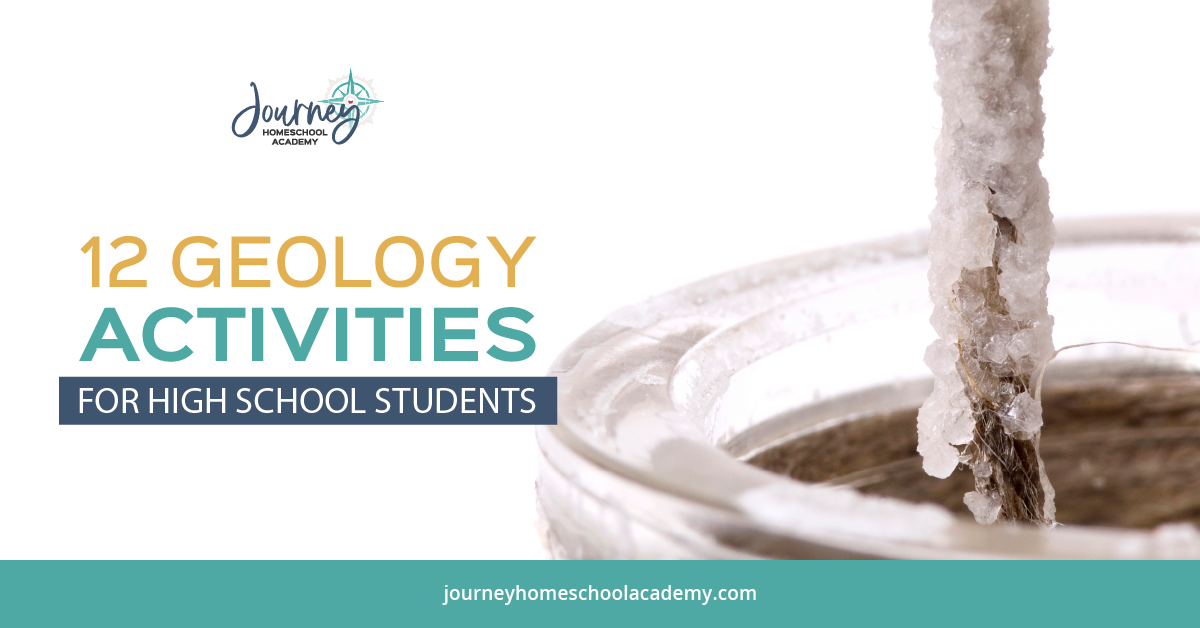
Earth Science Explored Further
Now that you’ve read and maybe tried out some of these geology activities for high school students, what next? At Journey Homeschool Academy, we believe that geology and earth science are worth teaching. That’s why we created an entire homeschool geology course for elementary and middle school students. Earth Science Explored offers video lessons, carefully planned labs and activity ideas, and an easy-to-follow collection of lesson plans that will make geology and earth science both engaging and hands-on.
High-quality science doesn’t have to be hard to teach or learn!

